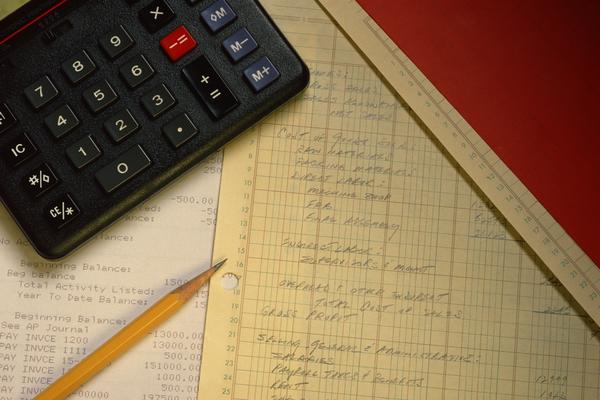How ToCalculate Assets In a Company

Assets basically refer to the resources the company owns or has at its disposal. They can take various forms, ranging from cash and inventories to real estate and investment securities. The total amount of assets are listed on the company’s balance sheet, classified in order of the most liquid of assets – in most cases cash or accounts receivables ( something owed to the business).
Assets are further split into tangible and intangible. The former contains inventory, along with building and equipment, while the latter refers to trademarks, copyrights and patents.
The most accepted definition of asset, used by the International Accounting Standard Boards, is that ‘An asset is a resource controlled by the enterprise as a result of past events and from which future economic benefits are expected to flow to the enterprise.’
One needs to calculate all financial resources of the company to determine the total assets.
Instructions
-
1
Firstly, you need to add all the current assets of a company like cash, bank drafts, short-term investments, receivables, inventory, equipment, which is in the possession of the company but may not have been consumed yet.
-
2
You now need to identify the company’s long-term assets. These will include the company’s building, land, equipment and office furniture. Also if the company has made any investment in stocks and bonds, this will also be included in the long-term assets. Basically it refers to the fact that it will take a year to liquidity the assets into cash.
-
3
Add the value of the intangible assets. It is important that you understand this term as it often leads to imbalances in a financial statement. According to the International Accounting Standards Board, intangible assets are ‘unidentifiable non-monetary asset without physical substance’. Make sure that you have properly calculated the amount. Goodwill may be seen as an intangible asset but is listed separately on the balance sheet.
-
4
Add all the three steps (Current Assets+ Long Term/ Fixed Assets+ Intangible Assets) and you will get the company’s total assets.




